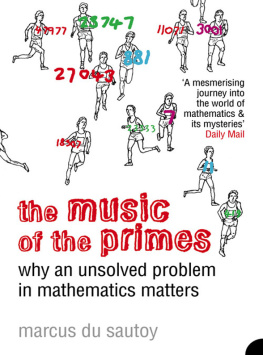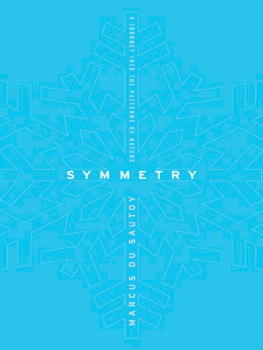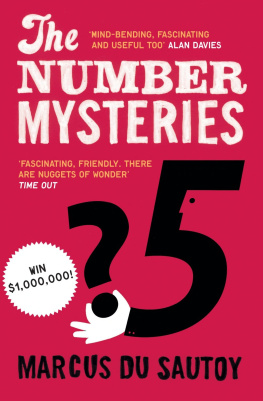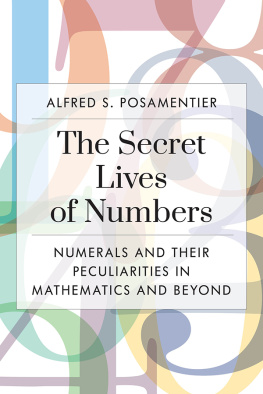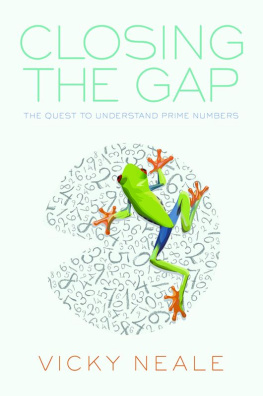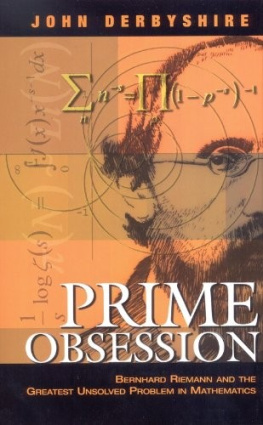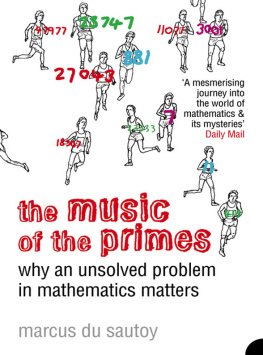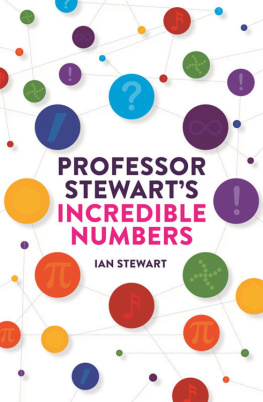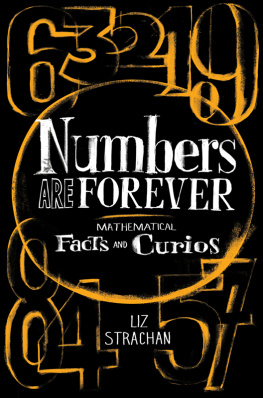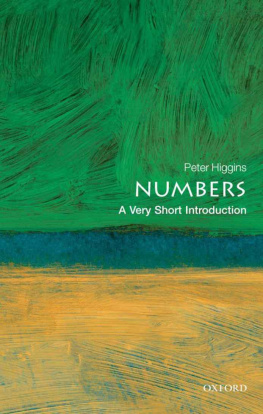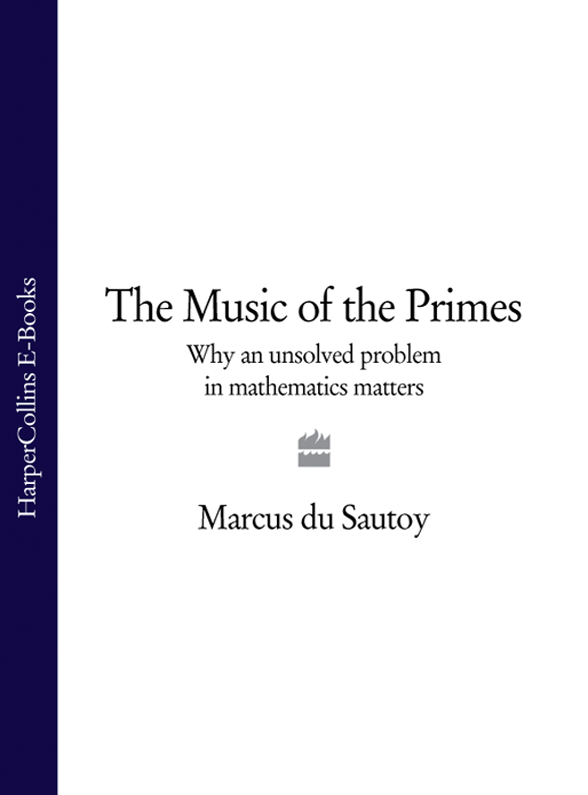
The Music of the
Primes Why an Unsolved Problem
in Mathematics Matters
Marcus du Sautoy

For the memory of
Yonathan du Sautoy
October 21, 2000
Contents
Do we know what the sequence of numbers is? Okay, here, we can do it in our heads fifty-nine, sixty-one, sixty-seven seventy-one Arent these all prime numbers? A little buzz of excitement circulated through the control room. Ellies own face momentarily revealed a flutter of something deeply felt, but this was quickly replaced by a sobriety, a fear of being carried away, an apprehension about appearing foolish, Unscientific . Carl Sagan, Contact
One hot and humid morning in August 1900, David Hilbert of the University of Gttingen addressed the International Congress of Mathematicians in a packed lecture hall at the Sorbonne, Paris. Already recognised as one of the greatest mathematicians of the age, Hilbert had prepared a daring lecture. He was going to talk about what was unknown rather than what had already been proved. This went against all the accepted conventions, and the audience could hear the nervousness in Hilberts voice as he began to lay out his vision for the future of mathematics. Who of us would not be glad to lift the veil behind which the future lies hidden; to cast a glance at the next advances of our science and at the secrets of its development during future centuries? To herald the new century, Hilbert challenged the audience with a list of twenty-three problems that he believed should set the course for the mathematical explorers of the twentieth century.
The ensuing decades saw many of the problems answered, and those who discovered the solutions make up an illustrious band of mathematicians known as the honours class. It includes the likes of Kurt Gdel and Henri Poincar, along with many other pioneers whose ideas have transformed the mathematical landscape. But there was one problem, the eighth on Hilberts list, which looked as if it would survive the century without a champion: the Riemann Hypothesis.
Of all the challenges that Hilbert had set, the eighth had a special place in his heart. There is a German myth about Frederick Barbarossa, a much-loved German emperor who died during the Third Crusade. A legend grew that he was still alive, asleep in a cavern in the Kyffhuser Mountains. He would awake only when Germany needed him. Somebody allegedly asked Hilbert, If you were to be revived like Barbarossa, after five hundred years, what would you do? His reply: I would ask, Has someone proved the Riemann Hypothesis?
As the twentieth century drew to a close, most mathematicians had resigned themselves to the fact that this jewel amongst all of Hilberts problems was not only likely to outlive the century, but might still be unanswered when Hilbert awoke from his five-hundred-year slumber. He had stunned the first International Congress of the twentieth century with his revolutionary lecture full of the unknown. However, there turned out to be a surprise in store for those mathematicians who were planning to attend the last Congress of the century.
On April 7, 1997, computer screens across the mathematical world flashed up some extraordinary news. Posted on the website of the International Congress of Mathematicians that was to be held the following year in Berlin was an announcement that the Holy Grail of mathematics had finally been claimed. The Riemann Hypothesis had been proved. It was news that would have a profound effect. The Riemann Hypothesis is a problem which is central to the whole of mathematics. As they read their email, mathematicians were thrilling to the prospect of understanding one of the greatest mathematical mysteries.
The announcement came in a letter from Professor Enrico Bombieri. One could not have asked for a better, more respected source. Bombieri is one of the guardians of the Riemann Hypothesis and is based at the prestigious Institute for Advanced Study in Princeton, once home to Einstein and Gdel. He is very softly spoken, but mathematicians always listen carefully to anything he has to say.
Bombieri grew up in Italy, where his prosperous familys vineyards gave him a taste for the good things in life. He is fondly referred to by colleagues as the Mathematical Aristocrat. In his youth he always cut a dashing figure at conferences in Europe, often arriving in a fancy sports car. Indeed, he was quite happy to fuel a rumour that hed once come sixth in a twenty-four-hour rally in Italy. His successes on the mathematical circuit were more concrete and led to an invitation in the 1970s to go to Princeton, where he has remained ever since. He has replaced his enthusiasm for rallying with a passion for painting, especially portraits.
But it is the creative art of mathematics, and in particular the challenge of the Riemann Hypothesis, that gives Bombieri the greatest buzz. The Riemann Hypothesis had been an obsession for Bombieri ever since he first read about it at the precocious age of fifteen. He had always been fascinated by properties of numbers as he browsed through the mathematics books his father, an economist, had collected in his extensive library. The Riemann Hypothesis, he discovered, was regarded as the deepest and most fundamental problem in number theory. His passion for the problem was further fuelled when his father offered to buy him a Ferrari if he ever solved it a desperate attempt on his fathers part to stop Enrico driving his own model.
According to his email, Bombieri had been beaten to his prize. There are fantastic developments to Alain Conness lecture at IAS last Wednesday, Bombieri began. Several years previously, the mathematical world had been set alight by the news that Alain Connes had turned his attention to trying to crack the Riemann Hypothesis. Connes is one of the revolutionaries of the subject, a benign Robespierre of mathematics to Bombieris Louis XVI. He is an extraordinarily charismatic figure whose fiery style is far from the image of the staid, awkward mathematician. He has the drive of a fanatic convinced of his world-view, and his lectures are mesmerising. Amongst his followers he has almost cult status. They will happily join him on the mathematical barricades to defend their hero against any counter-offensive mounted from the ancien rgimes entrenched positions.
Connes is based at Frances answer to the Institute in Princeton, the Institut des Hautes tudes Scientifiques in Paris. Since his arrival there in 1979, he has created a completely new language for understanding geometry. He is not afraid to take the subject to the extremes of abstraction. Even the majority of the mathematical ranks who are usually at home with their subjects highly conceptual approach to the world have balked at the abstract revolution Connes is proposing. Yet, as he has demonstrated to those who doubt the necessity for such stark theory, his new language for geometry holds many clues to the real world of quantum physics. If it has instilled terror in the hearts of the mathematical masses, then so be it.
Conness audacious belief that his new geometry could unmask not only the world of quantum physics but explain the Riemann Hypothesis the greatest mystery about numbers was met with surprise and even shock. It reflected his disregard for conventional boundaries that he dare venture into the heart of number theory and confront head-on the most difficult outstanding problem in mathematics. Since his arrival on the scene in the mid-nineties, there had been an expectancy in the air that if anyone had the resources to conquer this notoriously difficult problem, it was Alain Connes.
Next page
